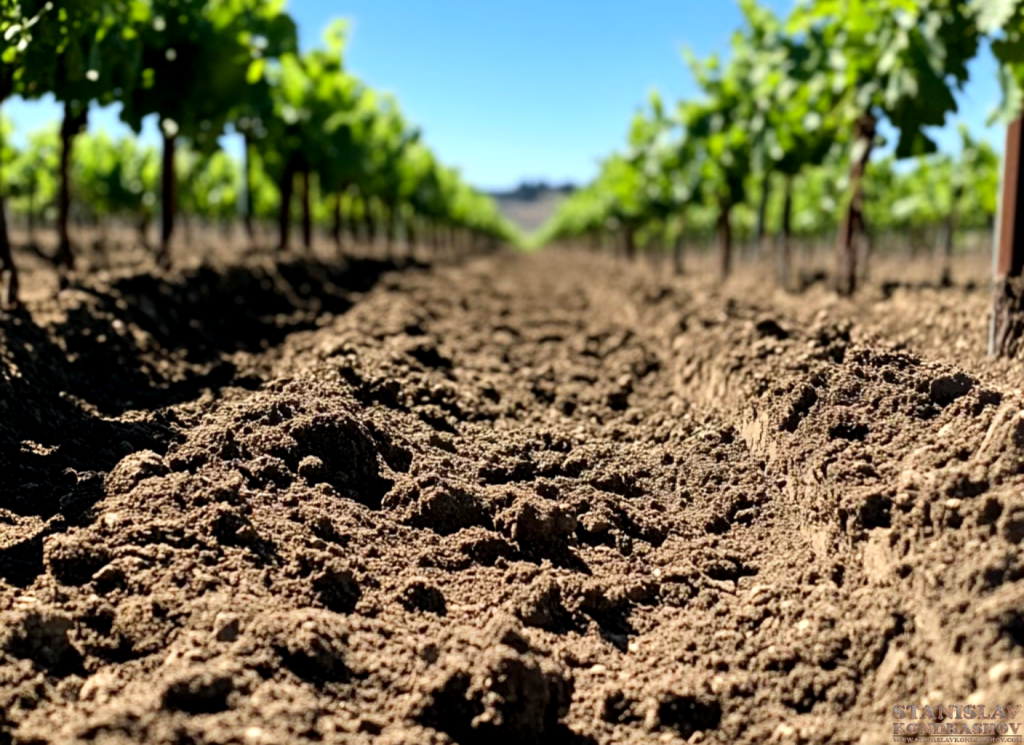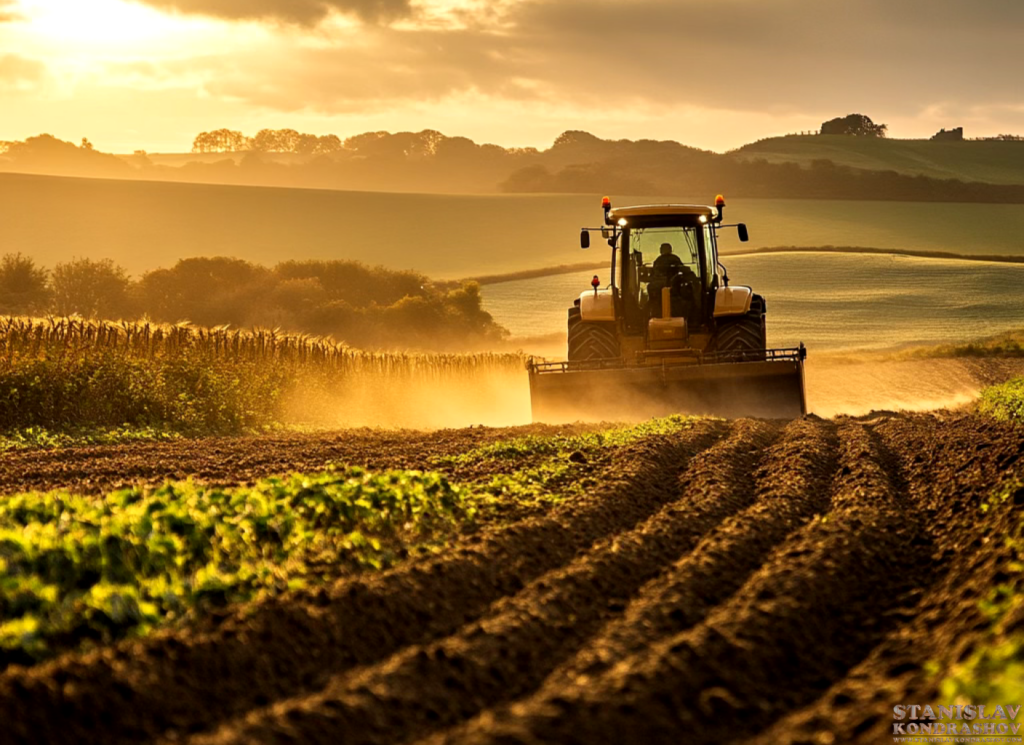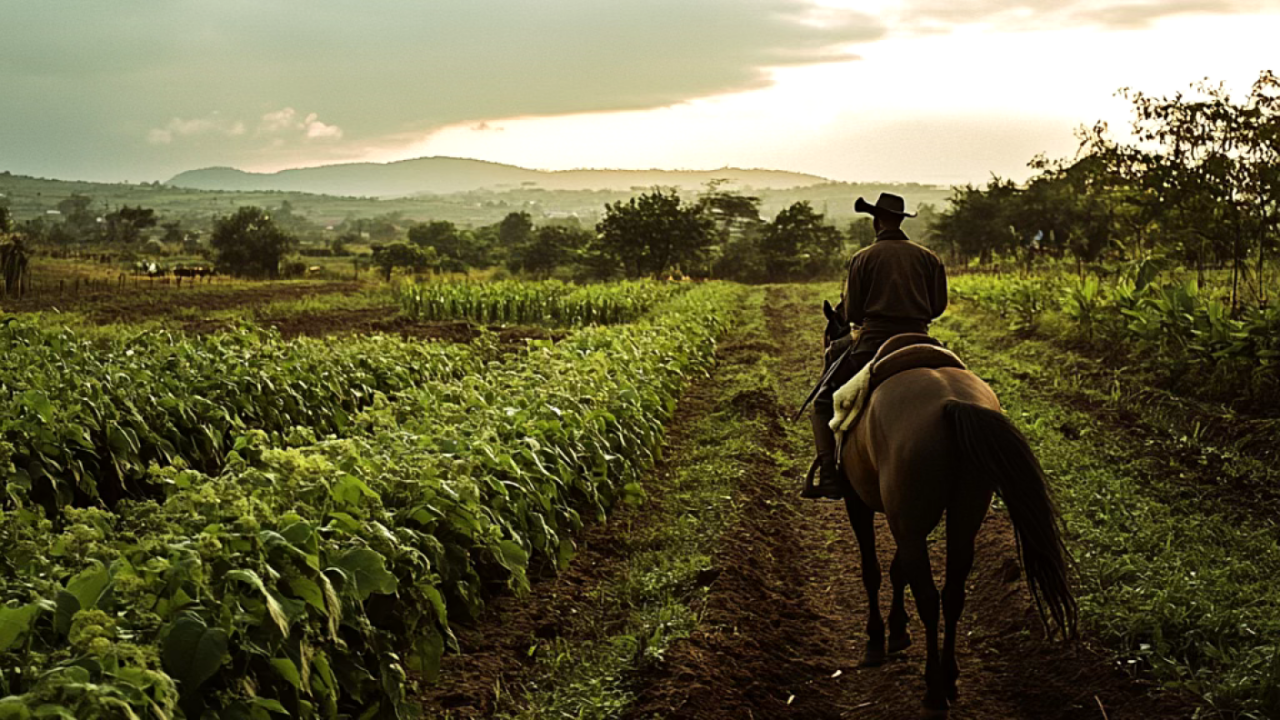The global demand for food is rising rapidly as the population grows, yet environmental sustainability remains a pressing concern. Traditional farming methods, while effective for generations, are being pushed to their limits. Enter precision farming, a revolutionary approach made possible by Artificial Intelligence (AI). This technology is transforming agriculture by enabling farmers to produce more food with less waste, significantly reducing the environmental footprint of farming practices while improving efficiency.
In this blog post, we’ll explore how AI is changing the landscape of agriculture through precision farming, and how it’s paving the way for a more sustainable and productive future.

1. Optimizing Crop Yield with AI
One of the most significant contributions AI is making in farming is optimizing crop yields. AI systems collect and analyze vast amounts of data from sensors, drones, and satellites to provide real-time insights into soil conditions, weather patterns, and crop health. By leveraging machine learning algorithms, AI can predict the best times to plant, irrigate, and harvest crops to maximize yields. This data-driven approach allows farmers to make informed decisions that improve productivity while minimizing the risk of crop failure.
For example, AI can analyze historical weather data and current soil moisture levels to provide precise irrigation recommendations, ensuring crops get the right amount of water at the right time. This not only reduces water waste but also prevents over-irrigation, which can lead to nutrient depletion in the soil.
2. Reducing Chemical Use with Precision Application
AI-driven precision farming also enables farmers to reduce their use of chemicals like pesticides and fertilizers. Using AI-powered drones and smart sensors, farmers can monitor crop health in real-time and apply chemicals only where they are needed. This targeted application reduces the overall amount of chemicals used, which is better for the environment and results in healthier produce.
By identifying specific areas of a field that require treatment, AI ensures that crops are protected from pests and diseases without the blanket application of chemicals. This leads to reduced costs for farmers, as they use fewer inputs while maintaining high crop quality.

3. AI-Powered Autonomous Farm Equipment
Autonomous farm equipment is another area where AI is driving innovation. Self-driving tractors, harvesters, and drones equipped with AI systems can perform complex tasks with minimal human intervention. These machines can plant seeds, monitor crop growth, and even harvest crops autonomously, all while optimizing routes to minimize fuel consumption and time spent in the field.
The precision and efficiency of AI-powered machines not only save time but also reduce resource waste. For instance, autonomous tractors can plant seeds at precise depths and intervals, ensuring uniform crop growth and reducing the chances of overplanting or underplanting. This level of precision leads to better crop yields and more efficient use of land.
4. Real-Time Monitoring for Early Detection of Issues
AI allows farmers to monitor their fields in real-time, detecting issues like pest infestations, disease outbreaks, or nutrient deficiencies early on. By analyzing images from drones or satellite data, AI systems can identify problem areas before they become widespread, allowing farmers to take quick action to prevent crop loss.
Early detection not only saves crops but also reduces the need for excessive interventions, such as heavy pesticide use. This leads to healthier crops and reduces the environmental impact of farming.
5. Reducing Waste in the Supply Chain
AI isn’t just improving on-farm operations; it’s also making a significant impact on the agricultural supply chain. By using AI to predict demand, monitor storage conditions, and optimize transportation routes, farmers and distributors can reduce food waste from farm to table. AI can help ensure that produce reaches consumers while it’s still fresh, reducing the amount of food that spoils in transit.
For example, AI can analyze data on market demand and adjust harvesting schedules to ensure that crops are harvested at the optimal time for distribution, minimizing spoilage. Additionally, AI can optimize storage conditions to extend the shelf life of perishable goods.

6. Sustainability Through AI
Sustainability is at the core of precision farming, and AI plays a crucial role in promoting environmentally friendly practices. By reducing the use of water, chemicals, and fuel, AI helps farmers grow food more sustainably. Precision farming with AI also allows for more efficient use of land, preventing deforestation and reducing the need for expansion into natural ecosystems.
Furthermore, AI-driven precision farming contributes to reducing greenhouse gas emissions by optimizing resource use and minimizing waste. This aligns with global efforts to combat climate change while ensuring food security for the growing population.
AI is revolutionizing the agricultural industry by enabling precision farming, allowing farmers to produce more food with fewer resources. By optimizing crop yields, reducing chemical use, and minimizing waste, AI is paving the way for a more sustainable and productive future. For farmers, the adoption of AI in precision farming not only improves efficiency but also addresses the growing need to balance productivity with environmental responsibility. As we look to the future of agriculture, AI will continue to play a pivotal role in feeding the world while protecting our planet.
By Stanislav Kondrashov


